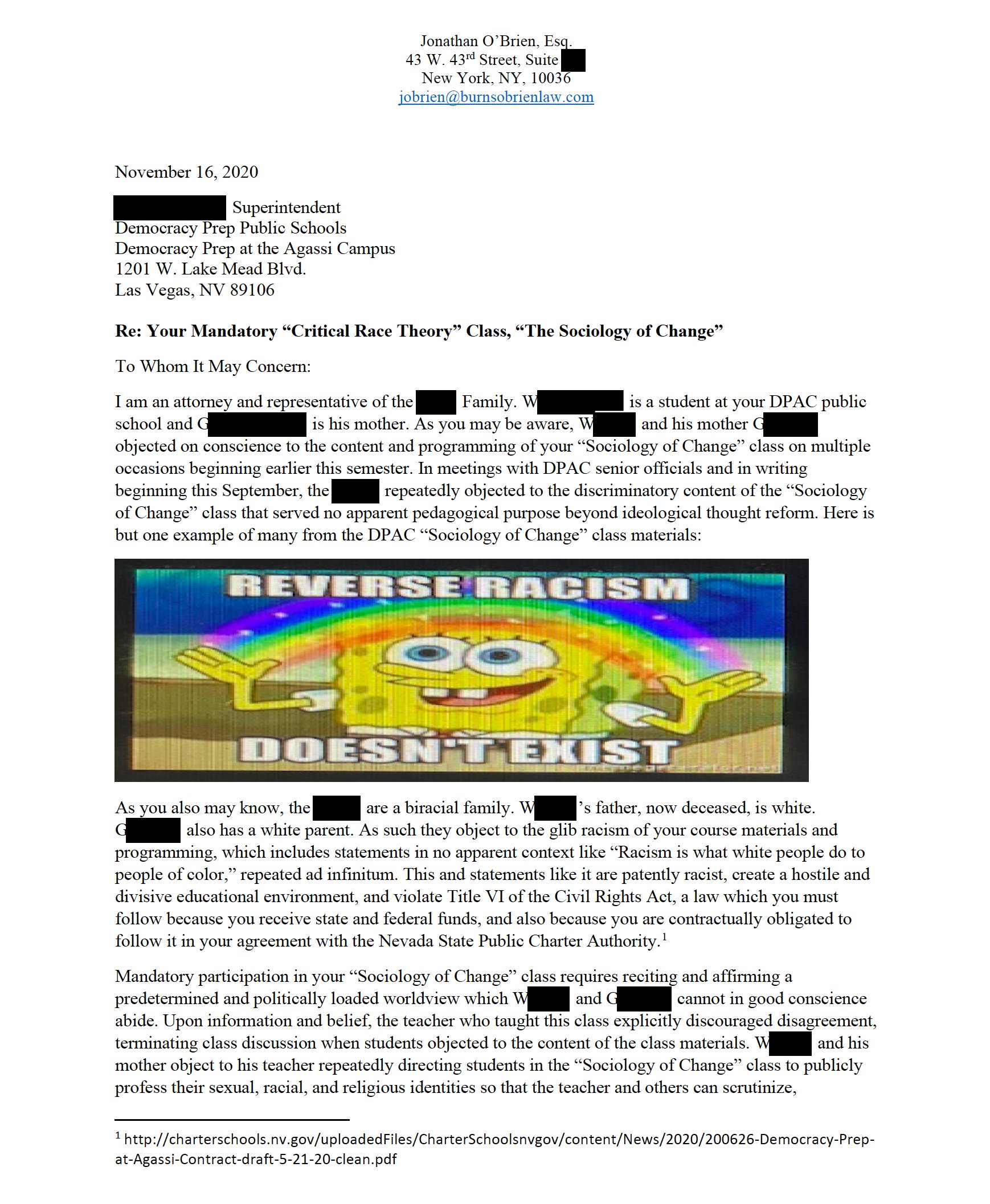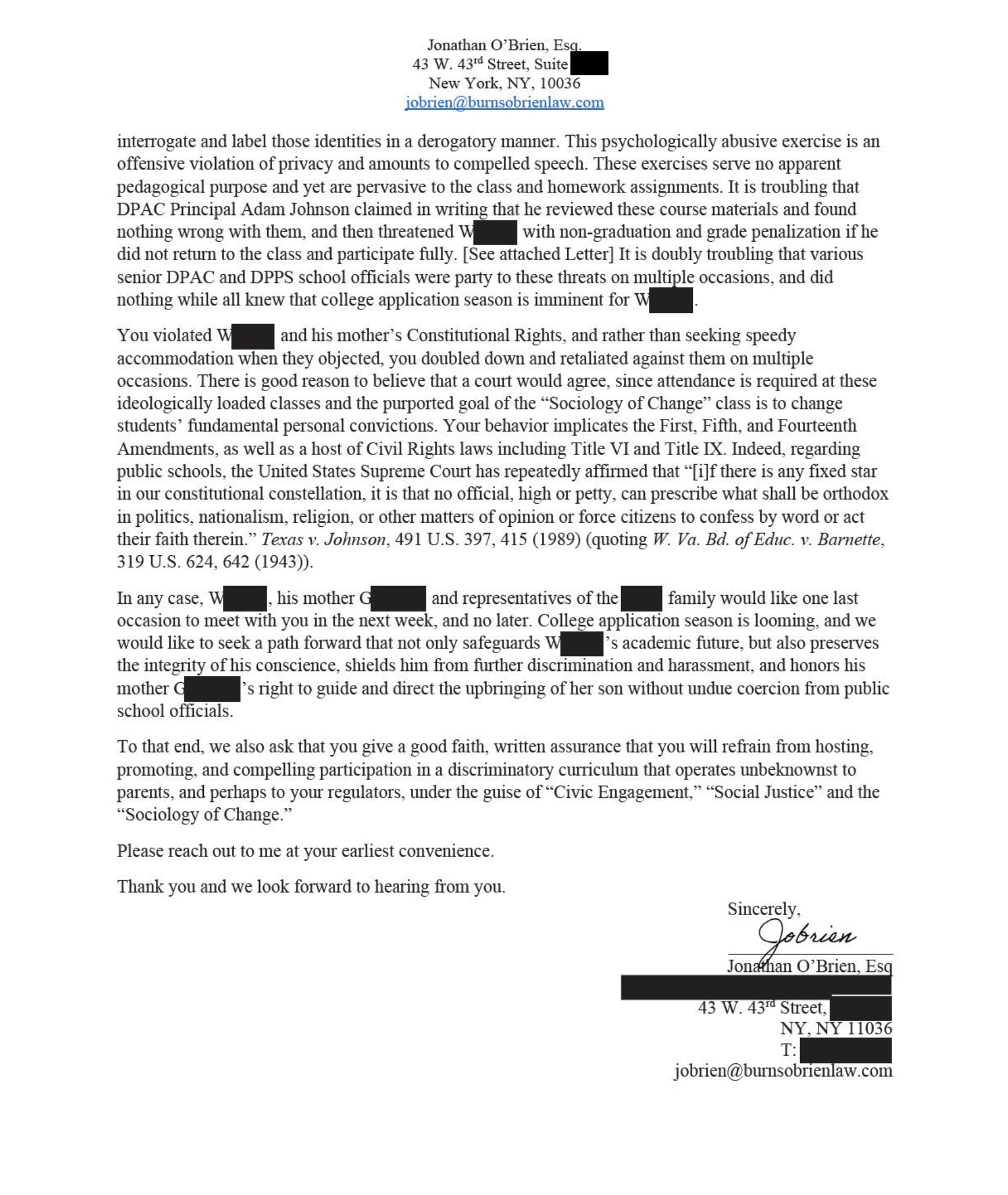COVID, Chapter 87
I actually used my car today. I remembered how to use the key to start the engine, etc. It's like riding a bike . . .
I actually used my car today. I remembered how to use the key to start the engine, etc. It's like riding a bike . . .
From Maria Popova's excellent website, Brain Pickings. These are words we desperately need to hear these days:
“To be a moral human being is to pay, be obliged to pay, certain kinds of attention,” Susan Sontag wrote in what remains some of the finest advice on writing and life. But if beneath the world “morality,” as James Baldwin asserted, “we are confronted with the way we treat each other,” then to be a moral human being requires an especial attentiveness to other human beings and their subjective realities. In consequence, any true morality is the diametric opposite of self-righteousness — the very thing that so often masquerades for morality.
That paradox is what Joan Didion examines in a short 1965 essay titled “On Morality,” found in Slouching Towards Bethlehem (public library).
With an eye to our tendency to mistake for morality what is indeed a “monstrous perversion” of the ego, Didion writes:
“I followed my own conscience.” “I did what I thought was right.” How many madmen have said it and meant it? How many murderers? Klaus Fuchs said it, and the men who committed the Mountain Meadows Massacre said it, and Alfred Rosenberg said it. And, as we are rotely and rather presumptuously reminded by those who would say it now, Jesus said it. Maybe we have all said it, and maybe we have been wrong. Except on that most primitive level — our loyalties to those we love — what could be more arrogant than to claim the primacy of personal conscience?
Here are documents that pertain to yet another ill-behaved Woke school (this one located in Las Vegas), along with an attorney's well-drafted threat letter. Read them and weep for our children's future . . .


If you'd like to read the full thread, start with Colin Wright's Tweet:
[This is a continuing series beginning with #1 and #2].
There is yet a third vaccine coming on the market, let’s call it PFZ. It uses technology similar to MDN, injecting messengerRNA into the body, with instructions for building a part of the COVID19 virus necessary for the virus to function, but which by itself is not dangerous. The supply chain will be similar to MDN’s, with a major difference. PFZ must use a subset of cold chain logistics called super-cold chain, among other things. PFZ must be stored at -70C, or -94 Fahrenheit. This is close to the coldest surface temperature ever recorded on earth, -89.2 Celsius (-128.6 Fahrenheit), in Antarctica in 1983.
Manufacturing PFZ is done in a super-cold environment. The amount of energy needed to cool an entire manufacturing plant to -70 Celsius is significant, and the equipment isn’t easily maintained by a shade-tree mechanic. A lot of automation will be required, because humans don’t do well at those temperatures. Putting humans in heated suits runs the danger of heating the entire plant. Automated machinery will load vaccines into vials and vials into cold-storage sealed boxes. If dry ice is used, there are often two or three layers of boxes surrounding the 200 or 1,000 vials.
The packages are transported via truck or train to an airport/seaport for forwarding. Here is where the functions of manufacturing, distribution and retail probably deserve some information. Manufacturing produces products in quantity. It rarely sells single products to individual consumers, because it isn’t equipped to do so. It has no displays, no cash registers, no way to keep retail customers out of manufacturing areas once allowed inside the facility, it has no large call center to take orders, it cannot process credit card purchases – all of those are handled by retail organizations, which do them well. Manufacturers who sell directly to the public usually find that they’re competing with their own best customers, distributors.
The purpose of distribution is to deliver and buffer manufactured goods to retailers. Manufacturers produce in quantity, and distributors break down the quantity into bite-size chunks, store it, and send it to retailers when they need it. A retailer, such as a pharmacy or doctor’s office, has no use for a box of 1,000 vials of a vaccine, or 5,000 doses, because the retailer cannot serve that many customers for an injection in one day, especially of a vaccine that can’t be warmed, cooled, warmed. They rely on distributors to handle storage, breakdown and delivery.
With PFZ, retailers need to order exactly the number of doses needed for one day, and keep the boxed vials in refrigerated storage fortified by dry ice. Super-cold storage is expensive and rare. It is found in large hospitals for use with some laboratory specimens and some pathologists’ testing; it is also found in limited quantity in research institutions. Huge distributors, pharmacy chains and hospital groups are building new super-cold storage capability and have been for months.
I don’t pretend to know how the problem of sparsely-populated rural areas will be covered. The problem is called “The Traveling Salesman” by mathematicians and is different in every case. This has addressed PFZ in the First World, where a lot of cracks can be papered over with money and reallocation of resources. Cracks in Second- and Third-World countries are broader, deeper and more difficult to resolve. With enormous resolve and herculean effort, India can meet much of its need for MDN; it lacks the super-cold storage needed for PFZ.
Late last night I watched the movie "Hillbilly Elegy" on Netflix. I won't spoil the film, but I will say that it was often emotionally wrenching and it was not a good choice of a movie to watch right before trying to fall asleep. I suspect I'll be processing these scenes for weeks and months--the film offers a massive serving of food for thought and suggests a take-home message toward the end. The movie (by Ron Howard) is based on a memoir by J.D. Vance. Glenn Close was especially compelling every time she walked into a scene. Excellent acting throughout the film. So much so that it made me feel like I was actually there in person. I had originally learned of the Vance's Memoir (and this movie) while listening to Episode 32 of "The Portal," where Eric Weinstein interviews the real life J.D. Vance.
On FB, this comment was posted to my above intro:
I've hesitated to watch the movie because I've heard criticism that it reduces the lifestyles depicted to tropes. As someone with deep redneck roots, I am already greatly frustrated with the lack of understanding of my culture. This lack of care has led to alienation of millions of Americans with catastrophic results. Do you think the movie is too harshly criticized in this aspect?
In response this comment, I added this:
The movie is based on a memoir of a man who grew up in that environment. I watched it through that lens. It unveils many harsh truths, but also beautiful moments. I didn't watch it through a political lens--many people are on social media obsessing about whether the movie is politically or socially "appropriate." I have very little tolerance for the PC mobs. I simply watched it to see this man's story after hearing him on Eric Weinstein's podcast (which was also a worthy endeavor). I saw the harsh reviews, but ignored them. I make up my own mind on these things. Rather stunning that I often think a movie is absolutely terrible when it is highly rated and vice versa. It never occurred to me that he is pushing the viewpoint that everything he experienced should be extrapolated to every other person in Appalachia.